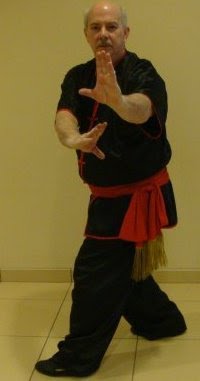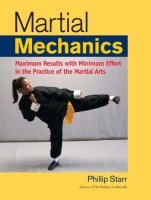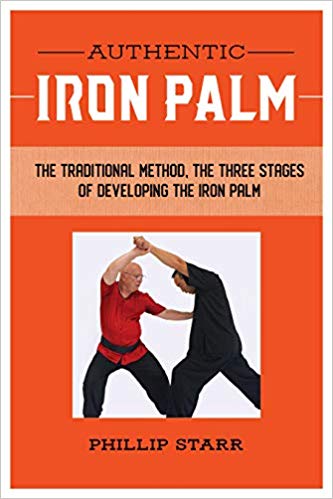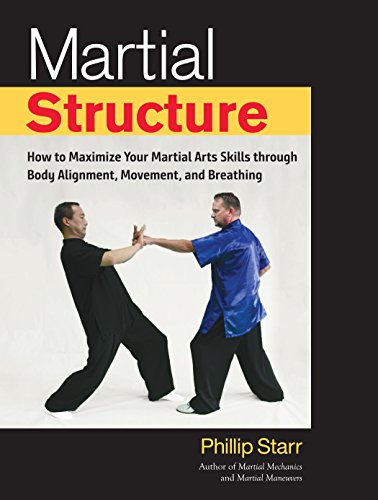by
Phillip Starr
I
recently had a discussion with one of my senior students about why
the vast majority of karate and gong-fu styles don't do their forms
and fight in the same way at all, and how correct, traditional
training builds a “bridge” between those two aspects of martial
arts. These are two different subjects (although they're
closely related), so let me discuss them separately.
Westerners
(Americans, in particular) tend to:
Now, there's
nothing wrong with not liking discomfort. BUT some things in life do
just that…they cause some measure of discomfort. And to wholly
reject them out of hand so that we can always be cozy and comfy comes
at a rather high price. For instance, our ancestors (not very long
ago) had to make their own bread. “Too much work”, we
thought...so now we have factory-made bread-which tastes nothing like
the original at all, nor is it particularly nourishing.

Your grandparents
(and my parents) endured the deprivations of the Great Depression,
WWII, and other really tough times. There was plenty of discomfort
and inconvenience to go around for everyone. They decided that their
children would never have to suffer such hardships and the result was
that we were brought up always being very comfy and cozy (most of us,
anyway). And lazy. So, now we suffer the health (both physical and
mental) consequences. We love “instant” things (like
microwavable dinners and instant tea) as well as whatever is “new
and improved”, which is rarely the truth.

Learning
traditional martial arts is something that is often VERY
uncomfortable, even painful! So, many instructors changed the way
they teach and now advertise classes that are “Fun for the whole
family!” Our martial arts forefathers certainly didn't go to
training to have fun, nor did they expect it. Even today in Japan,
you dare not let your instructor hear you say that you “had fun”
in class! Believe me, you won't make that mistake twice...
And we love our
hobbies. Certainly, there's nothing wrong with having hobbies, but
when you come to regard your martial arts practice as a hobby and
train in that way, it's a problem. Again, our martial arts ancestors
definitely didn't think of training as a hobby! They didn't practice
just once or twice a week; they practiced every day!
Then there’s the
training problem…most teachers don’t understand or utilize
routines like 3-step fight (if they use it at all) or 1-step fight.
NEITHER OF THESE EXERCISES WERE/ARE MEANT TO TEACH YOU HOW TO FIGHT!
Rather, they are designed to teach and sharpen certain things that
will be of great help when you get to the actual fighting training.
3-Step Fight is
rarely taught anymore in the West. The instructors think it’s too
boring and fear that students will quit. Actually, it’s much, much
more than that. First and foremost, it teaches you about DISTANCE
(much more so than 1-step). Beyond that, it also teaches the
fundamentals of proper TIMING and RHYTHM. Just how this was done is
largely forgotten but it I clearly shown in my book, MARTIAL
MANEUVERS.
1-Step Fight is
intended to teach you how to properly apply the various techniques of
your art. But if you have no understanding of what is taught in
3-Step, it’s really pointless. Too many schools nowadays skip
3-Step altogether, allow the students to practice 1-Step for a short
time, and then jump right into sparring! This is one of the main
reasons why martial arts in the West have deteriorated. Students
start sparring within the first couple of months of training! I
don’t allow it for at least a full year after they begin training;
oftentimes, it’s longer than that.

After 3 and
1-Step have been thoroughly practiced, students are introduced to
Freestyle develops fighting skill. 1-Step, which is the bridge
between form and actual fighting. THIS is the practice exercise that
develops fighting skill. I have posted several articles on this
subject previously. Sadly, this marvelous training exercise is being
tossed aside nowadays; students want to hurry up and practice
Freestyle Sparring. In the past, most schools didn’t engage in
Freestyle Sparring at all. They felt it was unnecessary for the
development of genuine fighting skill and could lead to the
development of bad habits and sloppiness. Freestyle Sparring didn’t
exist until after WWII – the great masters of the past who we
admire and who possessed extraordinary fighting ability NEVER SPARRED
AT ALL! Huh. Go figure…


.jpg)






.jpg)



.jpg)
















.jpg)

.jpg)

.jpg)





.jpg)
















